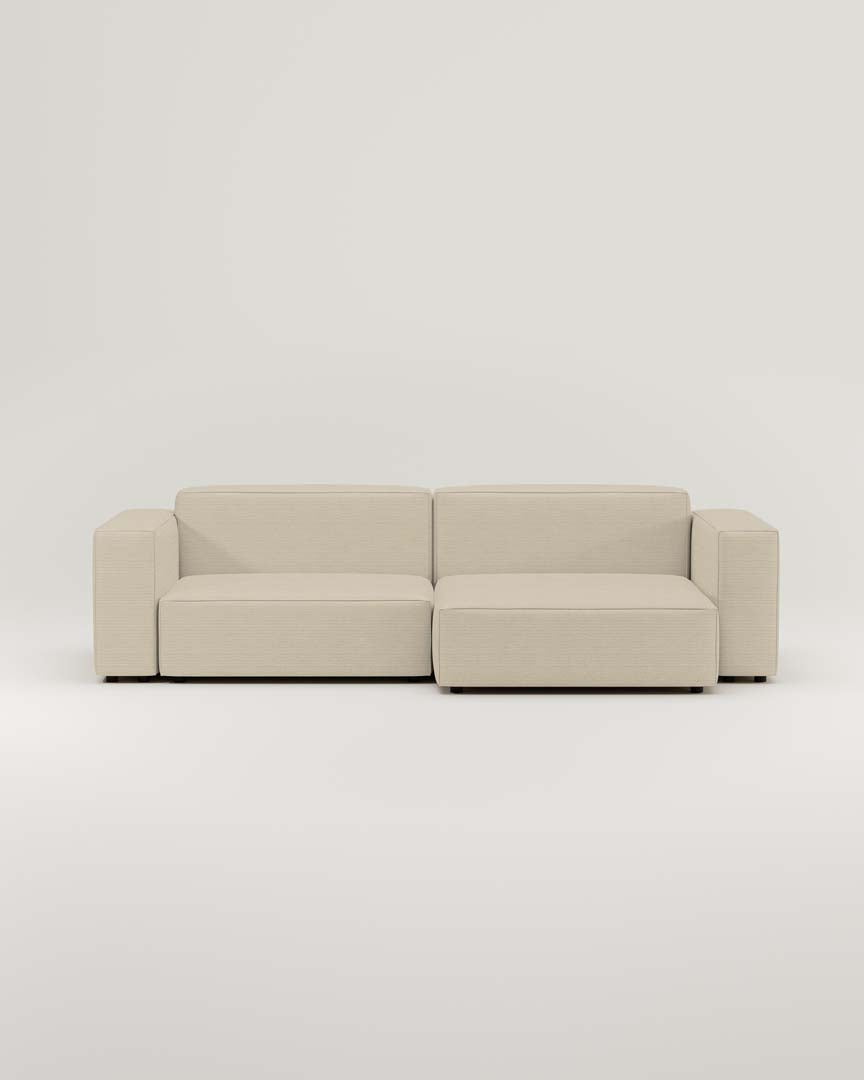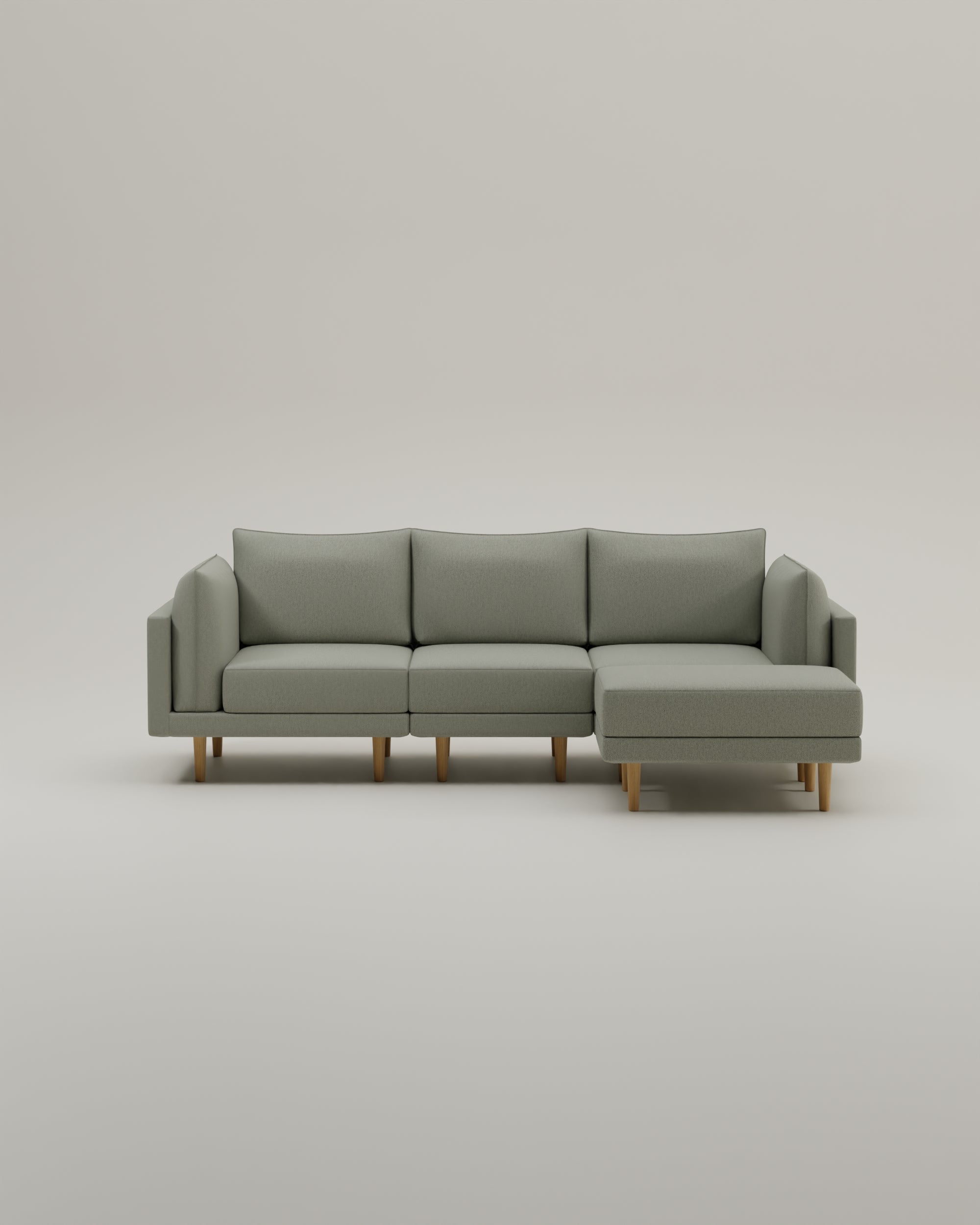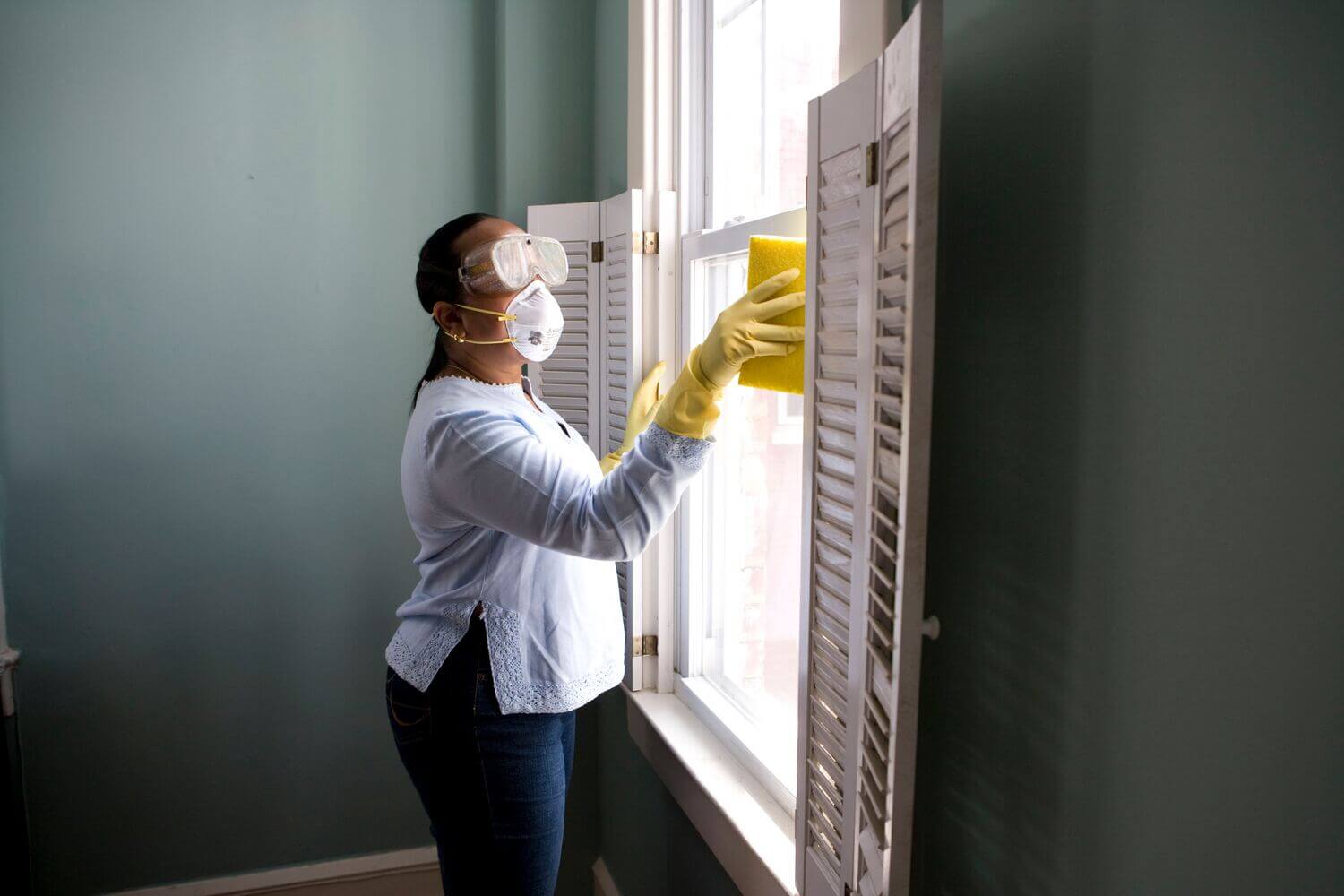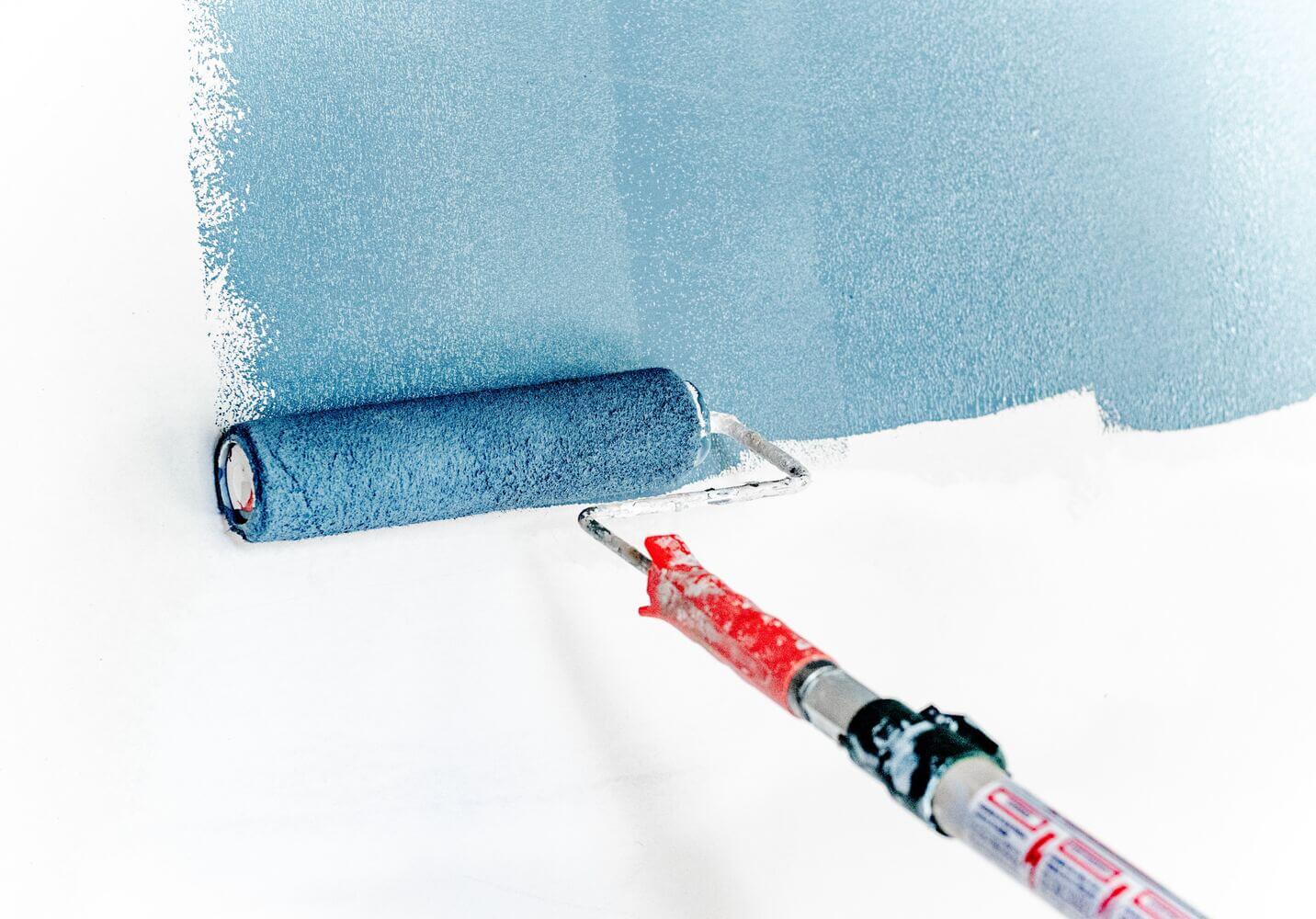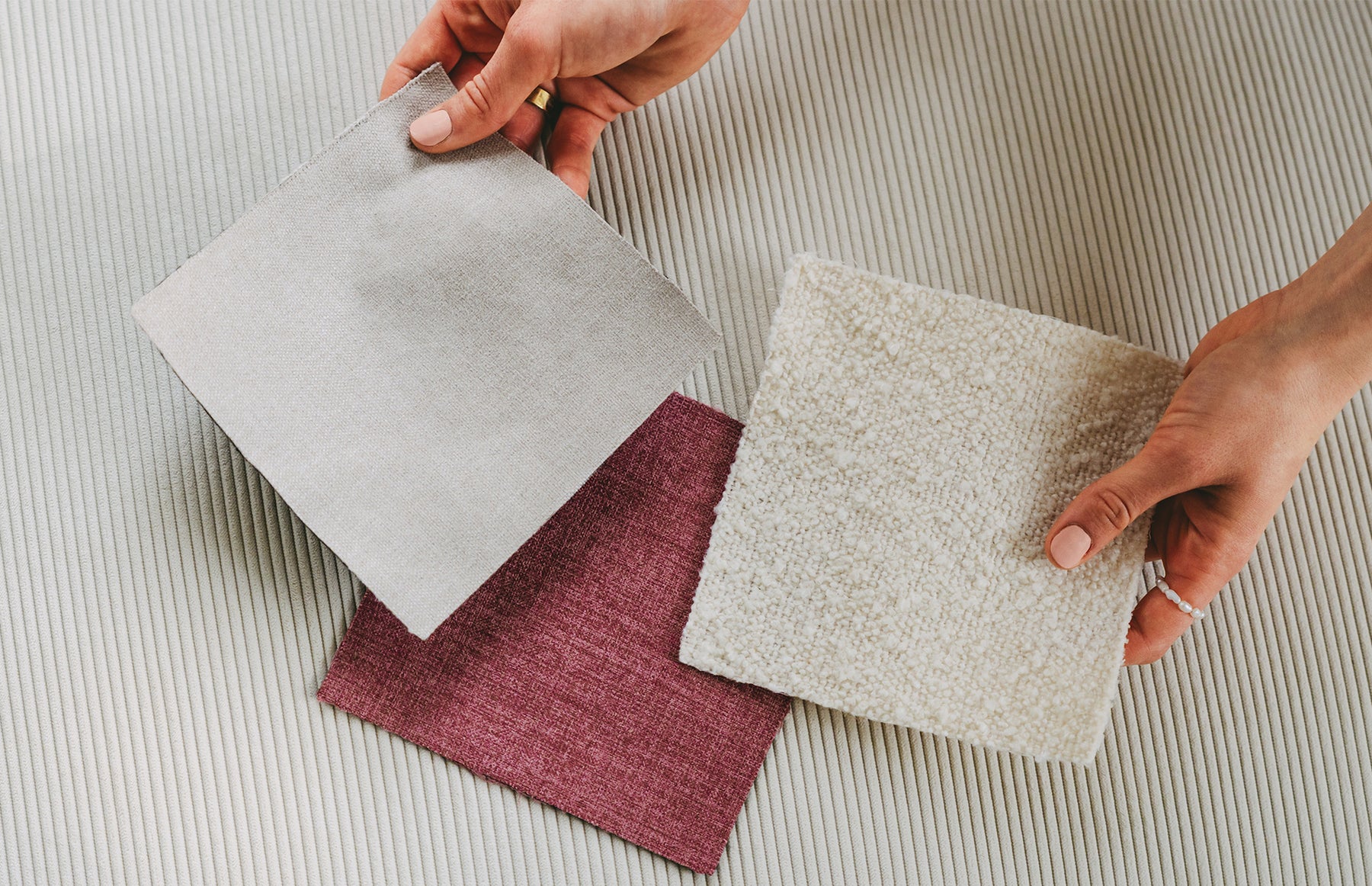In our time, it is more important than ever to make sure that we create a healthy environment in our own four walls. Especially in the living room, the central space for relaxation and get -together, we should be aware that possible pollutants can affect our health. But don't worry, there are simple steps that we can take to effectively avoid pollutants and improve our quality of living.
What are pollutants and how do you affect our health?
Before we deal with the avoidance of pollutants, it is important to understand what exactly pollutants are and how they can affect our health.
Definition and types of pollutants: Pollutants are substances that can have a negative impact on the environment and our health. You can come from different sources, such as building materials, furniture, colors and varnishes. The most common pollutants include fleeting organic compounds (Vocs), formaldehyde, heavy metals and fine dust.
Health effects of pollutants: Long -term contact with pollutants can lead to a variety of health problems, including breathing difficulties, headaches, allergies and even serious diseases such as cancer. That is why it is so important to avoid pollutants in the living room or at least reduce it to a minimum.
Fleeting organic compounds (vocs): VOCs are pollutants that can easily evaporate and get into the air. They are often found in products such as colors, cleaning agents, furniture and floor coverings. Long -term contact with VOCs can lead to breathing difficulties, headache and irritation of the eyes, nose and throat. It is important to pay attention to products that are marked as "voc-free" to reduce the stress with these pollutants.
Formaldehyde: Formaldehyde is another frequent pollutant that occurs in many building materials, furniture and household products. It is known for its strong odd properties and can lead to headache, irritation of the respiratory tract and allergies. It is advisable to choose products that are formaldehyde -free or have a low formaldehyde content to minimize the load.
Heavy metals: Heavy metals such as lead, mercury and cadmium are also dangerous pollutants that can occur in different products. You can get into our body by eating contaminated food or contact with loaded water or soil. Long-term exposure to heavy metals can lead to serious health problems such as kidney and liver damage, neurological disorders and development problems in children. It is important to minimize the absorption of heavy metals by consuming controlled food and the use of water filters.
Particulate matter: Fine dust particles are tiny particles that can float and come from different sources, such as combustion engines, industrial emissions and house dust. Long -term contact with fine dust can lead to respiratory problems, heart disease and even premature death. It is important to reduce the load with fine dust by ventilating regularly, using air purifiers and holding back in areas with high air pollution.
In order to protect our health, it is important to be aware of the different types of pollutants and take measures to reduce their stress. This can be achieved by buying environmentally friendly products, regular cleaning and ventilation of rooms and avoiding heavily soiled areas. By taking care of our environment, we can also improve our own health.
Frequent sources of pollutants in the living room
There are potential sources of pollutants in almost every living room. Here are some of the most common:
Furniture and carpets as sources of pollutants
Some furniture and carpets can release pollutants such as formaldehyde and volatile organic compounds (VOCs). This is done through the evaporation of the materials used, such as wood materials or adhesives. If you prefer low -pollutant materials such as solid wood and pollutant -free upholstery fabrics, you can reduce this danger.
Another aspect that should be considered when choosing furniture is the origin of the materials. Furniture that sustainably managed forests come or were made from recycled materials are often more environmentally friendly and contain fewer pollutants. It is worth looking for appropriate certifications such as the FSC seal.
In addition to choosing the right furniture, the regular Cleaning the carpets help to reduce the pollution in the living room. Dust that accumulates in the carpet fibers can be a source of pollutants. It is therefore advisable to regularly suck the carpet and, if necessary, be cleaned professionally.
Electronic devices and their pollutant emissions
Electronic devices such as televisions, computers and game consoles can also hand over pollutants. In particular, the plastics used in these devices can release volatile organic compounds (VOCs). It is advisable to use these devices in well -ventilated rooms and to clean them regularly in order to avoid an accumulation of pollutants.
When disposing of electronic devices, it is important to do this properly, since they can often contain dangerous substances such as lead, mercury or bromine compounds. Electronic scrap should therefore not be disposed of in household waste, but should be handed over at special collection points or recycling stations.
Pollutants in colors and paints
When painting or renovating the living room, it is important to pay attention to low -pollutant colors and paints. Conventional colors and paints can contain volatile organic compounds (VOCs) that are released when drying and are poor for room air quality. It is worth looking for low -pollutant alternatives and ensuring that the room is well ventilated during and after painting.
In order to further reduce the pollution, you can also fall back on environmentally friendly colors and paints based on plant or mineral raw materials. These are often free of solvents and contain less toxic substances.
Another tip is to pay attention to good room air moisture when painting. If the air is too dry, colors and varnishes can dry faster and release more volatile organic compounds. By setting up humidifiers or hanging up damp cloths in the room, you can increase the humidity and reduce the pollutant emissions.
Practical tips for reducing pollutants in the living room
Now that we know about the most common sources of pollutants in the living room, we can concentrate on how we can effectively reduce them. Here are some practical tips:
Selection of low -harmful materials
When it comes to choosing furniture, Sofas, Carpet And other home accessories are advisable to prefer low -pollutant materials. Solid wood or recycled materials are good alternatives to furniture made of chipboard or other wood materials. With carpets you should be on natural fibers such as wool or Cotton To fall back on.
All of our sofas are produced with FSC certified, sustainable wood. Therefore, you can be sure that no forbidden substances (carcinogenic dyes) or other unhealthy materials are used.
It is also important to pay attention to low -pollutant colors and paints. These can help to reduce the load on the air with volatile organic compounds (VOCs). Pay attention to environmental signs such as the "blue angel" or the EU decolabel when buying colors and paints.
Regular cleaning and ventilation
A regular Cleaning the living room and sofas is crucial to remove pollutants, dust and allergens. Dust eye Carpet and Upholstered furniture Regularly, wipe surfaces and regularly ventilate the room to let in fresh air. With these simple measures you can improve the room air quality and reduce pollutants.
In addition to cleaning, you should also pay attention to a good humidity in the living room. An too dry room air can lead to an increased dust pollution. Use a humidifier if necessary to keep the air humidity at a pleasant level.
Use of air purifiers and plants
Air cleaners can be an effective way to reduce pollutants in the air. Choose an air purifier with a HEPA filter that filters particles such as dust, allergens and pollutants from the air. When choosing, also pay attention to the CADR value (Clean Air Delivery rate), which indicates how effectively the air purifier removes the air from the air.
In addition, houseplants are a natural and beautiful way to improve air quality because they absorb pollutants and produce oxygen -rich air. Some plants that can filter particularly well pollutants are, for example, the aloe vera, the sheet hemp and the ivy. Put these plants into your living room and not only enjoy the green atmosphere, but also the improved room air quality.
Professional help with pollutant removal
Sometimes it may be necessary to take advantage of professional help in order to completely eliminate pollutants. This is especially the case if you suspect that your living room is loaded with dangerous pollutants, such as asbestos or mold. Make sure to hire a qualified specialist who has the necessary know-how and the right equipment to securely remove the problem.
When is a specialist necessary?
A specialist should always be consulted if there is a potential danger to your health or if you have doubts on how to deal with dangerous pollutants. In the case of asbestos, mold or other toxic substances, a specialist should be consulted to eliminate the danger and protect your health.
Selection of a suitable specialist
If you have to hire a specialist to eliminate pollutants in the living room, make sure that you choose someone with experience and specialist knowledge. Find out more about references, certifications and qualifications to ensure that you work with someone you can trust.
Summary and final thoughts
Avoiding pollutants in the living room is an important task to improve our health and quality of life. By paying attention to low -harmful materials, cleaning and using it regularly, using air purifiers and plants and consulting professional help if necessary, we can minimize pollution loads. Remember that your health is the most important thing and that it is worth investing the time and effort to create a healthy living environment.
There are various low -pollutant materials that you can use for your living room. Wood and natural fibers like Cotton And linen are good options because they usually do not contain any harmful chemicals. When buying new furniture or carpets, make sure that they were treated with environmentally friendly colors and varnishes.
Regular cleaning and ventilation are also important measures to minimize the pollution in your living room. Dust and dirt can contain pollutants, so it is important to regularly absorb and wipe off surfaces. Also open the windows regularly to let in fresh air and improve air circulation.
Air cleaners and plants can also help to improve air quality in your living room. Air cleaners filter pollutants from the air and ensure clean and healthy air. Plants can absorb pollutants and improve air quality. Select plants such as the arching hemp, the ivy or the rubber tree, which are known to be known to be reducing damage.
If, despite all the precautions, you still have problems with pollution in your living room, it is advisable to consult professional help. An expert can check your living environment and identify possible sources of pollutants. You can also help you find solutions to reduce the pollution and create a healthy living environment.
Remember that your health is the most important thing and that it is worth investing the time and effort to create a healthy living environment. By paying attention to low -pollutant materials, cleaning and ventilating, using air purifiers and plants and drawing professional help if necessary, you can minimize the pollution in your living room and improve your health and quality of life.
So no longer hesitate and still start today to make your living environment free of harmful substances. Your health will thank you!
